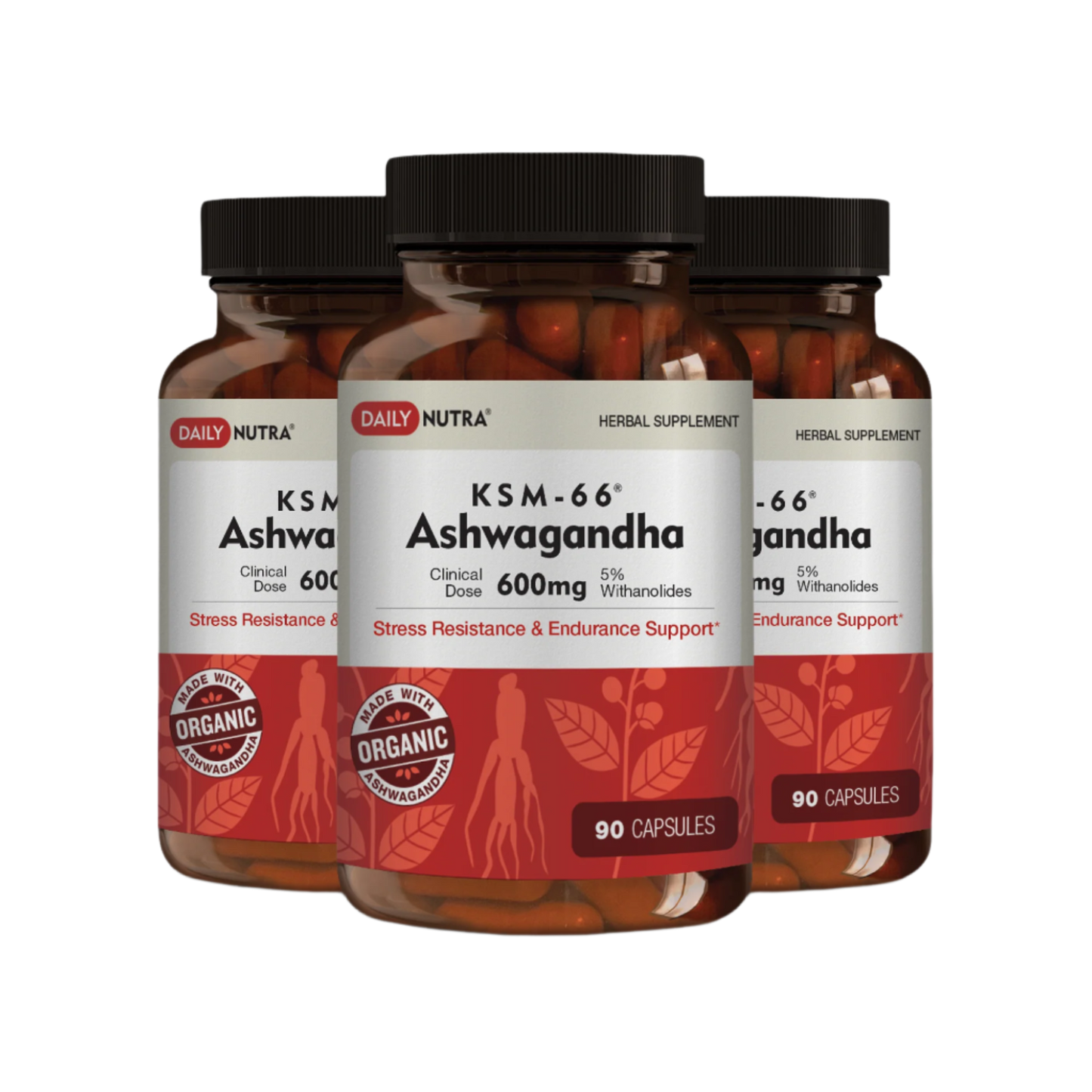Abstract Summary
Objective
This research aims to evaluate the health benefits of turkey tail mushroom (Trametes versicolor), focusing on its immunomodulatory properties, potential as an adjunct in cancer therapy, and effects on gut health.
Context
Turkey tail mushroom, known scientifically as Trametes versicolor, has been utilized in traditional medicine for centuries, particularly in Asian countries. Modern scientific investigations have identified bioactive compounds within this mushroom, notably polysaccharide-K (PSK) and polysaccharopeptide (PSP), which may contribute to its therapeutic effects.
Methods Used
Approach
A comprehensive literature review was conducted, analyzing peer-reviewed clinical trials, meta-analyses, and pharmacological studies to assess the efficacy and safety of turkey tail mushroom in various health contexts.
Data Collection
Data were extracted from studies focusing on:
-
Immune system modulation
-
Adjunctive use in cancer therapies
-
Gut microbiota composition
-
Safety and tolerability profiles
Sources included clinical trials, systematic reviews, and authoritative health databases.
Researchers' Summary of Findings
Turkey tail mushroom exhibits immunomodulatory effects, enhancing the activity of natural killer (NK) cells and promoting the proliferation of T-cells and B-cells. In oncology, PSK has been used as an adjuvant therapy in Japan, showing improved survival rates in patients with gastric and colorectal cancers when combined with standard treatments.
Health Implications
The mushroom's prebiotic properties support gut health by fostering beneficial bacterial populations, such as Bifidobacterium and Lactobacillus species. This modulation of the gut microbiome may contribute to enhanced immune responses and overall well-being.
Sustainability
Turkey tail mushrooms are widely available and can be cultivated sustainably. However, the quality of supplements may vary; thus, sourcing from reputable manufacturers with standardized extraction processes is recommended to ensure product consistency and efficacy.
DOI
10.1007/s42452-024-05936-9





